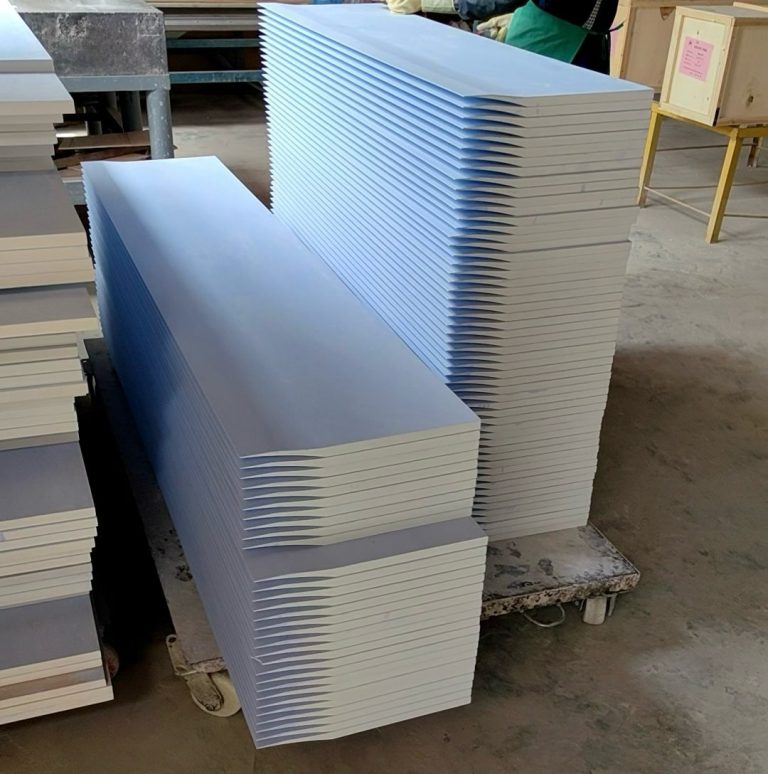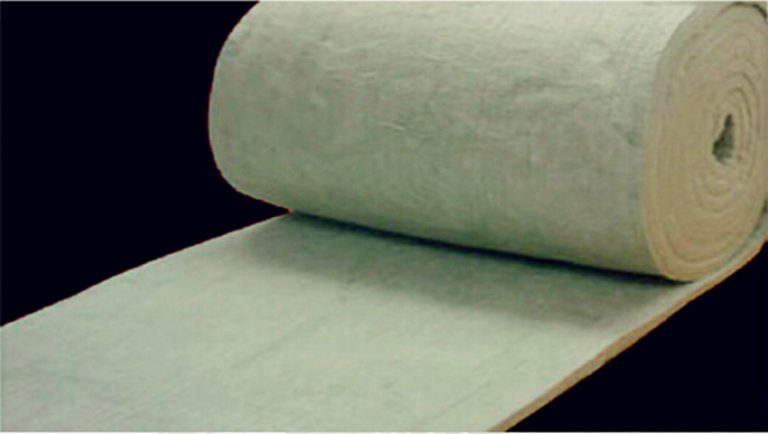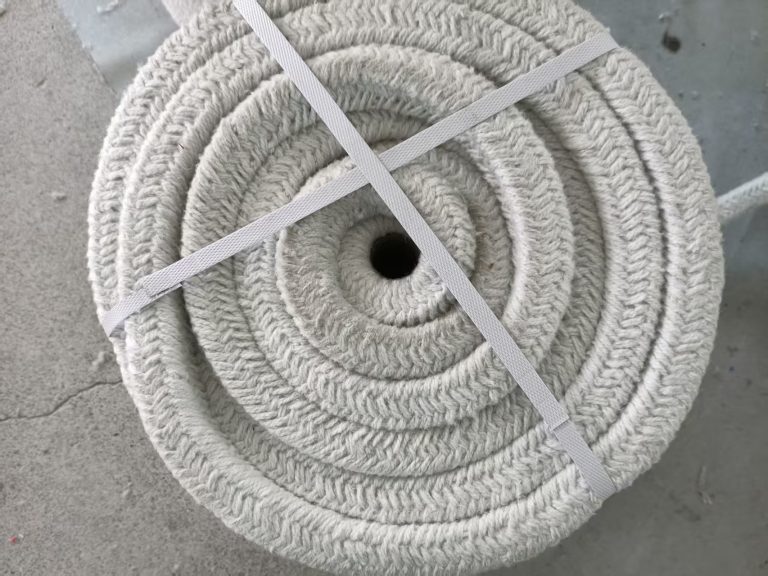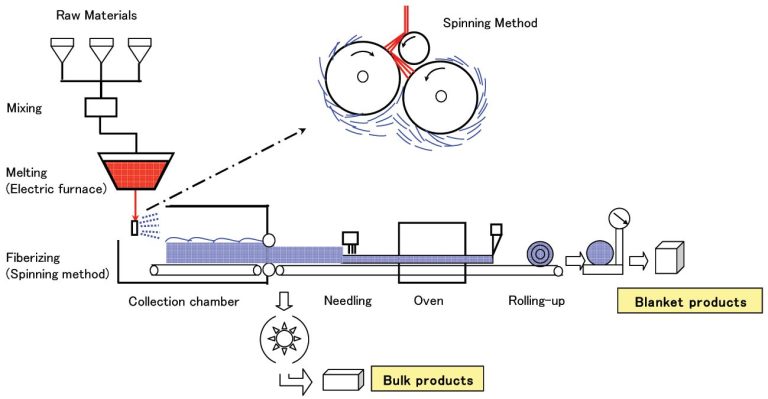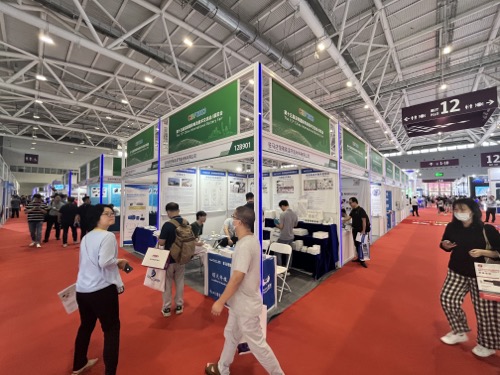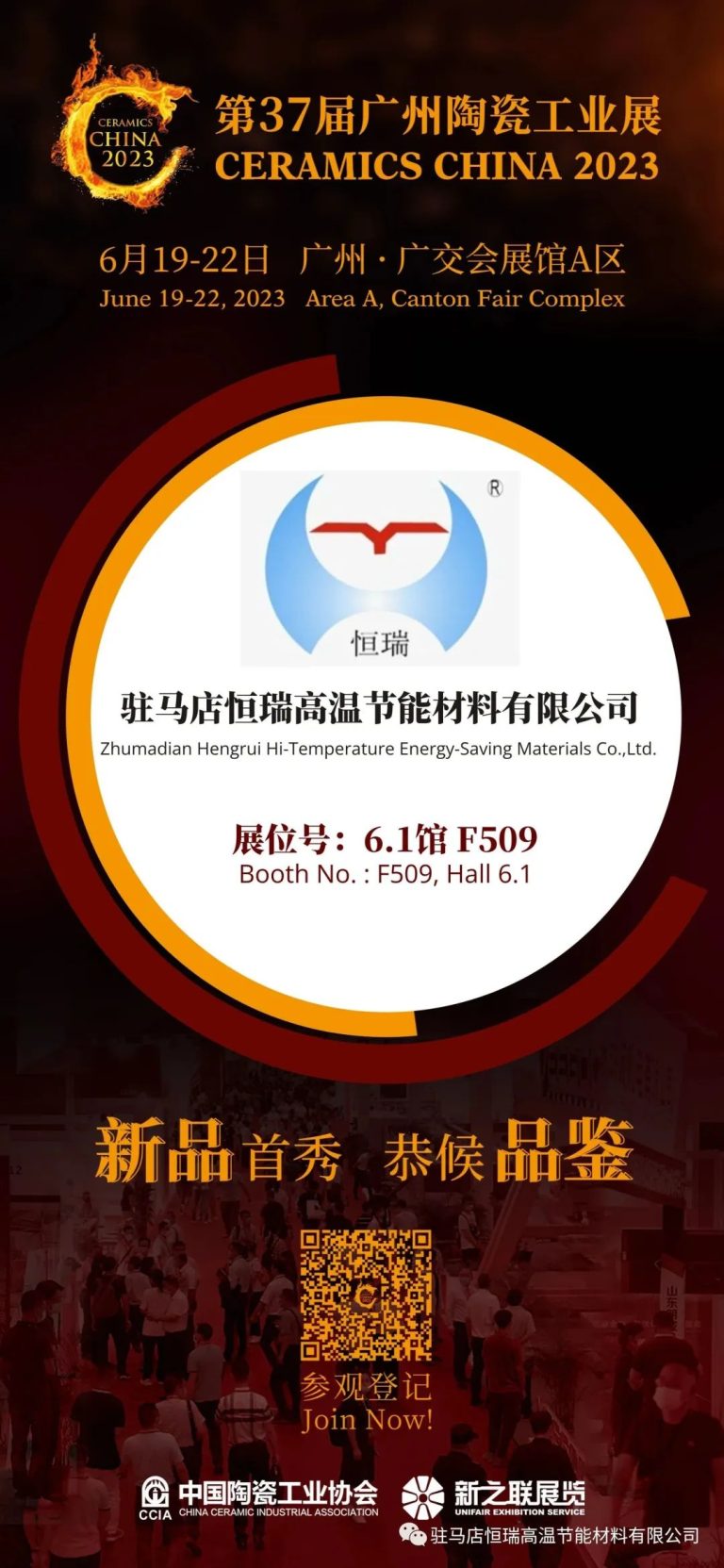High-temperature kilns are widely used in metallurgy, building materials, chemical, and ceramics industries. However, their high energy consumption and low thermal efficiency have long been challenges in industrial production. Traditional refractory brick linings, though resistant to high temperatures, are heavy, have high thermal conductivity, and poor thermal shock resistance. As a new type of lightweight refractory material, ceramic fiber has become the ideal choice for modern high-temperature kilns due to its excellent insulation properties, high-temperature resistance, and ease of installation.
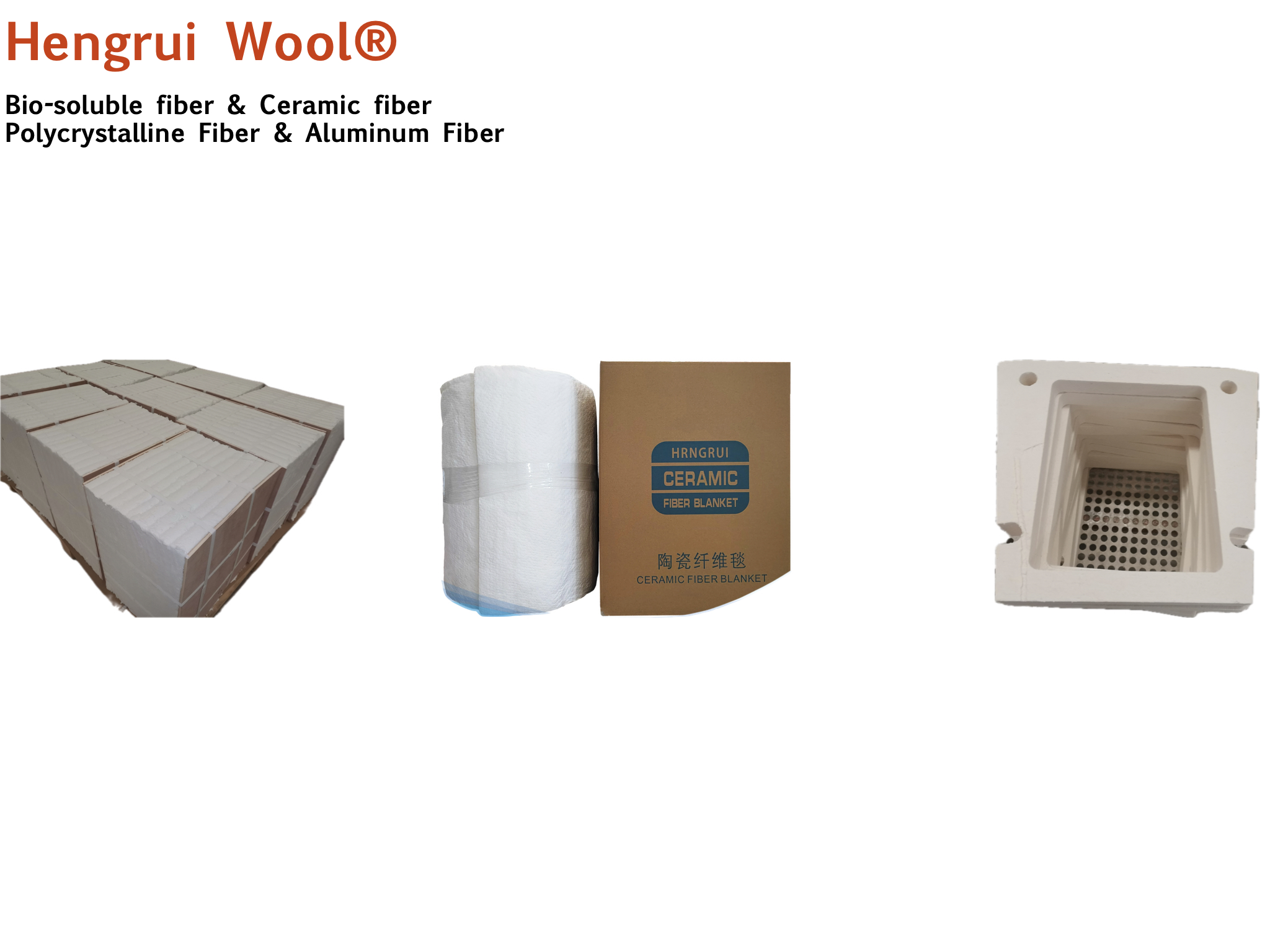
High Efficiency and Energy Saving
- Ceramic fiber has a low thermal conductivity (0.03–0.12 W/(m·K)), which is over 50% lower than that of traditional refractory bricks, reducing kiln wall heat loss by 30%–50%.
Lightweight Design
- With a density of only 96–256 kg/m³, ceramic fiber weighs just one-fifth to one-tenth of traditional refractory materials, significantly reducing the load on kiln steel structures and foundations.
Excellent Thermal Shock Resistance
- Ceramic fiber can withstand rapid temperature changes (e.g., cycling from 1000°C to room temperature) without cracking, unlike traditional refractory bricks that often fail under thermal stress.
Modular Design
Pre-fabricated ceramic fiber modules shorten installation time by 50%–70%. During maintenance, only localized replacement is required without large-scale removal.
Improved Kiln Efficiency
The rapid heating and cooling characteristics of ceramic fiber increase kiln turnover by 20%–35% and expand effective volume by 8%–15%.
Common Forms of Ceramic Fiber Products in Kilns
Ceramic Fiber Blanket/Felt
Features: Flexible rolls with 10–50 mm thickness, strengthened by needling processes.
Applications: Basic insulation layer for large kiln surfaces such as roofs and walls.
Ceramic Fiber Module
Features: Pre-compressed fiber blocks that expand after installation, forming seamless linings with strong thermal shock resistance.
Applications: Rapid installation of industrial furnace linings such as heat treatment furnaces and heating furnaces.
Ceramic Fiber Board
Features: Pressed with inorganic binders, providing rigidity and resistance to airflow erosion.
Applications: Hot-face linings or areas requiring mechanical strength.
Ceramic Fiber Paper
Features: Ultra-thin (0.5–6 mm), flexible, and heat-resistant.
Applications: Furnace door seals, expansion joint fillers, and other sealing purposes.
Ceramic Fiber Shaped Products
Features: One-piece molded, customized to required dimensions and shapes, providing good sealing, rigidity, and erosion resistance.
Applications: High-precision and specialized kiln components.
Conclusion
With their outstanding insulation performance, lightweight structure, thermal shock resistance, and ease of installation, ceramic fiber products have become the preferred materials for energy-saving upgrades in high-temperature kilns. They are widely applied in steel, ceramics, petrochemical, and waste incineration industries, significantly reducing energy consumption, improving efficiency, and extending equipment service life. In the future, with advances in material technology, ceramic fibers will play an even greater role in high-temperature industries, providing crucial support for green manufacturing and low-carbon production.


